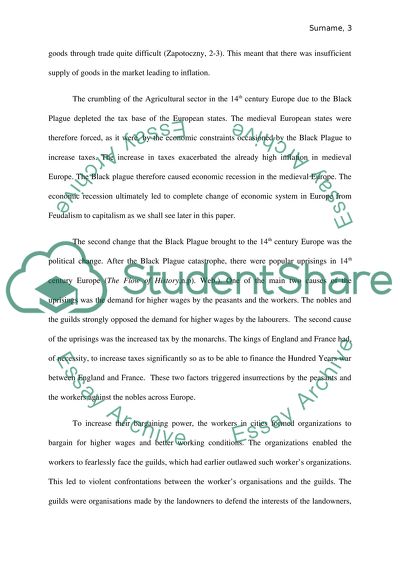Cite this document
(How the Black Plague Changed Europe Coursework Example | Topics and Well Written Essays - 1250 words, n.d.)
How the Black Plague Changed Europe Coursework Example | Topics and Well Written Essays - 1250 words. Retrieved from https://studentshare.org/history/1669862-how-the-black-plague-changed-europe
How the Black Plague Changed Europe Coursework Example | Topics and Well Written Essays - 1250 words. Retrieved from https://studentshare.org/history/1669862-how-the-black-plague-changed-europe
(How the Black Plague Changed Europe Coursework Example | Topics and Well Written Essays - 1250 Words)
How the Black Plague Changed Europe Coursework Example | Topics and Well Written Essays - 1250 Words. https://studentshare.org/history/1669862-how-the-black-plague-changed-europe.
How the Black Plague Changed Europe Coursework Example | Topics and Well Written Essays - 1250 Words. https://studentshare.org/history/1669862-how-the-black-plague-changed-europe.
“How the Black Plague Changed Europe Coursework Example | Topics and Well Written Essays - 1250 Words”, n.d. https://studentshare.org/history/1669862-how-the-black-plague-changed-europe.


